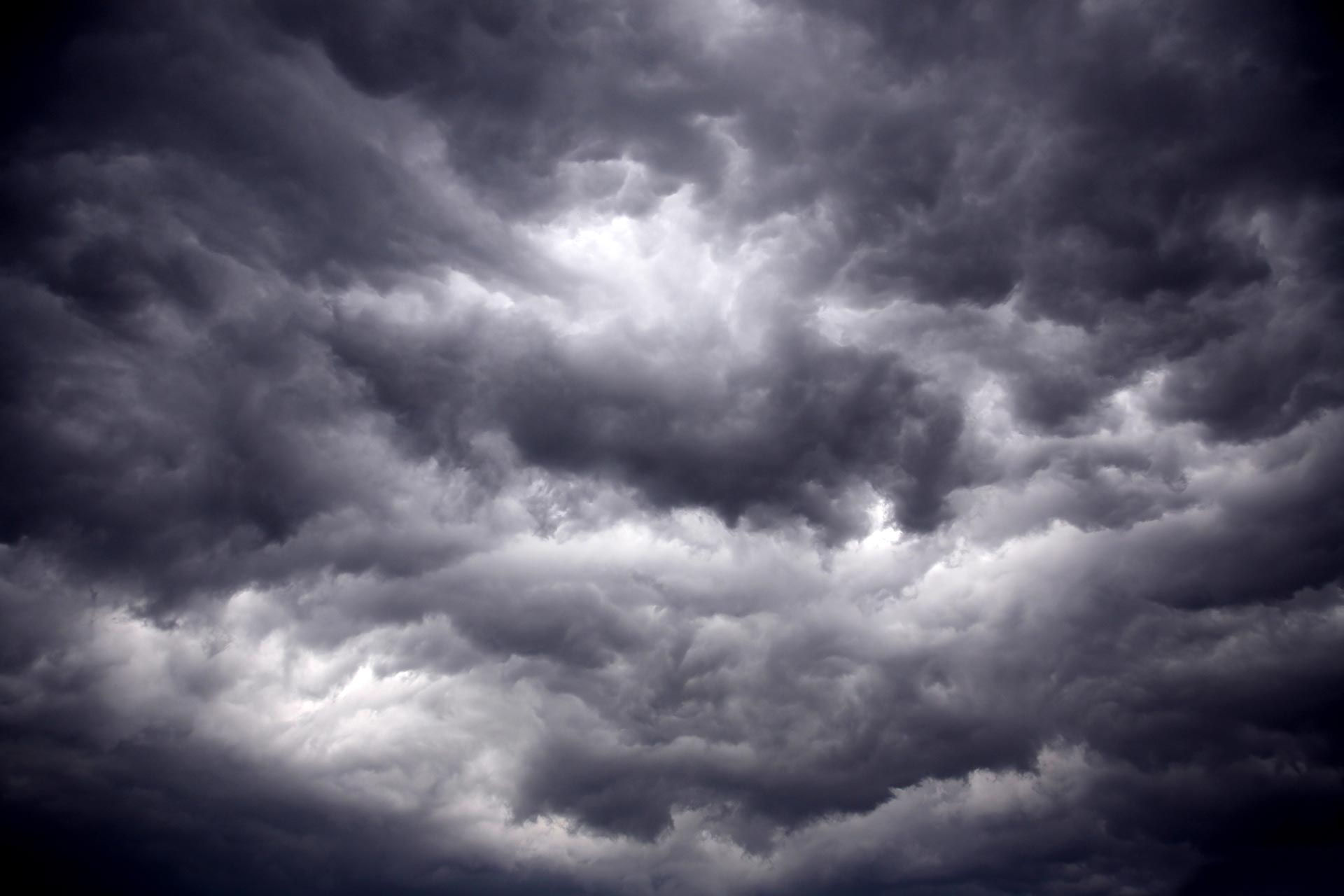THE RING OF FIRE...burn baby burn!
After a smoking hot Thursday that featured 90 degree highs well into Minnesota and Wisconsin. a short break is in order. A cool front will dip into Missouri and then wash out as fronts are prone to do this time of year. In its wake cooler temperatures and lower humidity will step up to the plate for a couple of days to ensure seasonal summer weather.
Beyond Saturday, the pattern shows signs of entering a ring of fire phase. In mid-summer it's common to have several periods where the "ring" dominates the weather around the Midwest. In essence, the ring of fire develops around a dome of high pressure that builds out of the increasing heat of summer.

This high pressure cell, which is an extension of the Bermuda-Azores high, can become fixed over the same general region for several days, especially if the jet stream is weak and with a lack of Canadian cool fronts. The air is most stable at the center of the high pressure. At the edges where cooler air lurks, the cap will be weak enough to allow afternoon and overnight convection to occur. The storms that develop congeal into a ring around the high pressure cell and then rotate in a clockwise manner. A common thunderstorm pattern in a Ring of Fire episode would be to have thunderstorms along the Gulf Coast and an arc of storms from the Great Plains to the Midwest and into the Great Lakes. The Ring of Fire is originally a geology term which describes the occurrence of earthquakes and volcanoes as being on the edge of plate boundaries. In meteorology, the thunderstorms are synonymous with fire which in reality is the heat concentrated underneath the dome of high pressure.
What I watch for in mid-summer ring of fire patterns is regular or repeated rounds of thunderstorms over a period of several days. These are often nocturnal in nature and while severe weather is possible (mainly wind and hail) heavy rain is the usual by-product. MCS (mesoscale convective systems) can soak a broad area with rains that often are excessive.
Here's the 500mb jet stream flow that's forecast by the EURO July 16th. This set-up will likely lead to a ring of fire scenario somewhere over the central or upper Midwest on the rim of the hot dome centered in Kansas.

You can see the GFS is pointing at a widespread swath of significant precipitation that cuts from Minnesota and the northeast half of Iowa into the Great Lakes. This does not kick in until next week so the exact corridor of heavier rains is far from certain and some adjustment is likely.

So, based on what I've seen I would expect that next week will be an active one with the potential for a few strong storms that could dump some hefty rains. Where is the question? More to come. Have a great weekend and roll weather...TS









